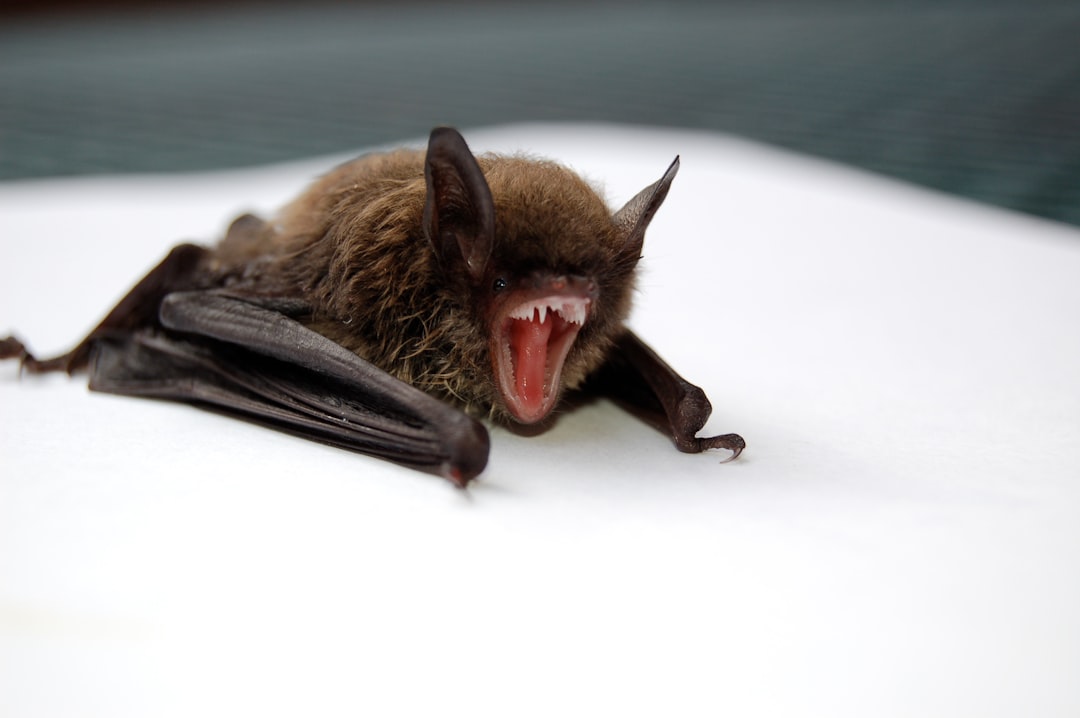What is it about?
Bees in the genera Centris and Epicharis collect oils from flowers of Calceolariaceae, Iridaceae, Krameriaceae, Malpighiaceae, Plantaginaceae, or Solanaceae, with different species exploiting between one and five of these families, which either have epithelial oil glands or hair fields. We plotted the level of oil-host specialization on a clock-dated phylogeny for 22 of the 35 species of Epicharis and 72 of the 230 species of Centris and calculated geographic ranges for 23 bee species based on collection data from museum specimens. Shifts between oil hosts from different families are common in Centris, but absent in Epicharis, and the direction is from flowers with epithelial oil glands to flowers with oil hairs, canalized by bees’ oil-collecting apparatuses, suitable for piercing epithelia or mopping oil from hair fields. So far, a link between host specialization and geographic range size could not be detected.
Featured Image
Why is it important?
This work fits in the framework of the evolution of mutualisms - why do they became specialised? Are they one-way-roads from unspecialised towards ever more specialised interactions? How and when do partners switch to new partners? Answering these questions requires empirical data that address theoretical expectations (in our case the so-called oscillation hypothesis).
Perspectives
The oscillation hypothesis - prosed by Nylin, S., J. Slove, and N. Janz. 2013. Host plant utilization, host range oscillations and diversification in nymphalid butterflies: a phylogenetic investigation. Evolution. 68:105–24 -- predicts that in herbivores, polyphagy is ancestral to oligophagy. Applied to bees, it predicts that polylectic species (which are able to use pollen grains from a diverse range of plant taxa) would be ancestral to oligolectic species (which specialise on the pollen of a narrow range of flowers).
Professor Susanne S Renner
University of Munich
Read the Original
This page is a summary of: Gain and loss of specialization in two oil-bee lineages,CentrisandEpicharis(Apidae), Evolution, July 2015, Wiley,
DOI: 10.1111/evo.12689.
You can read the full text:
Resources
Contributors
The following have contributed to this page










